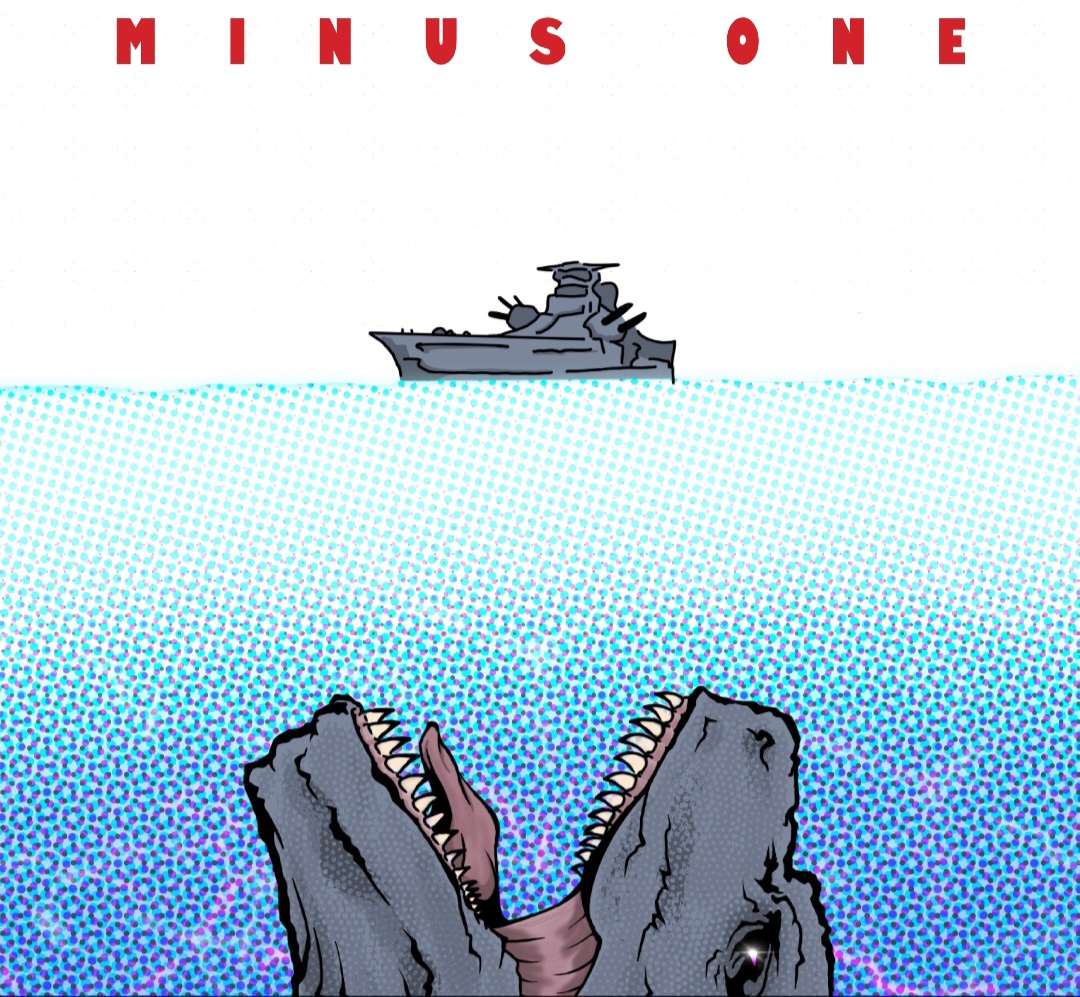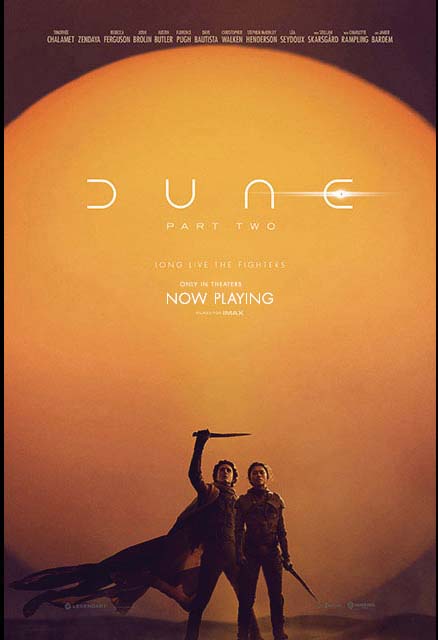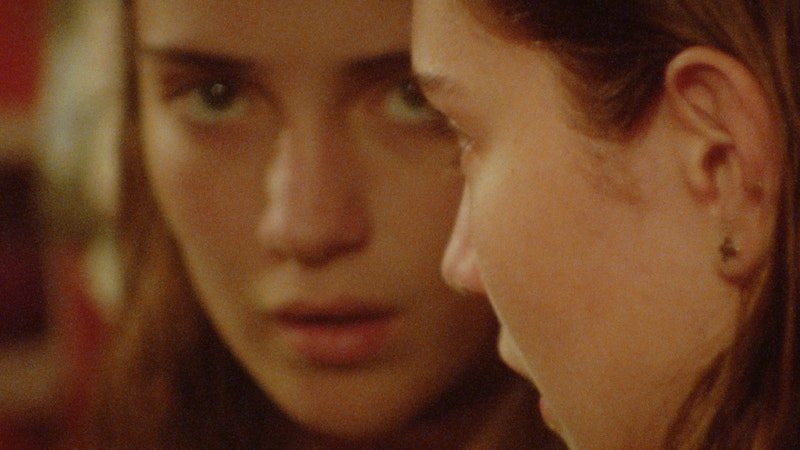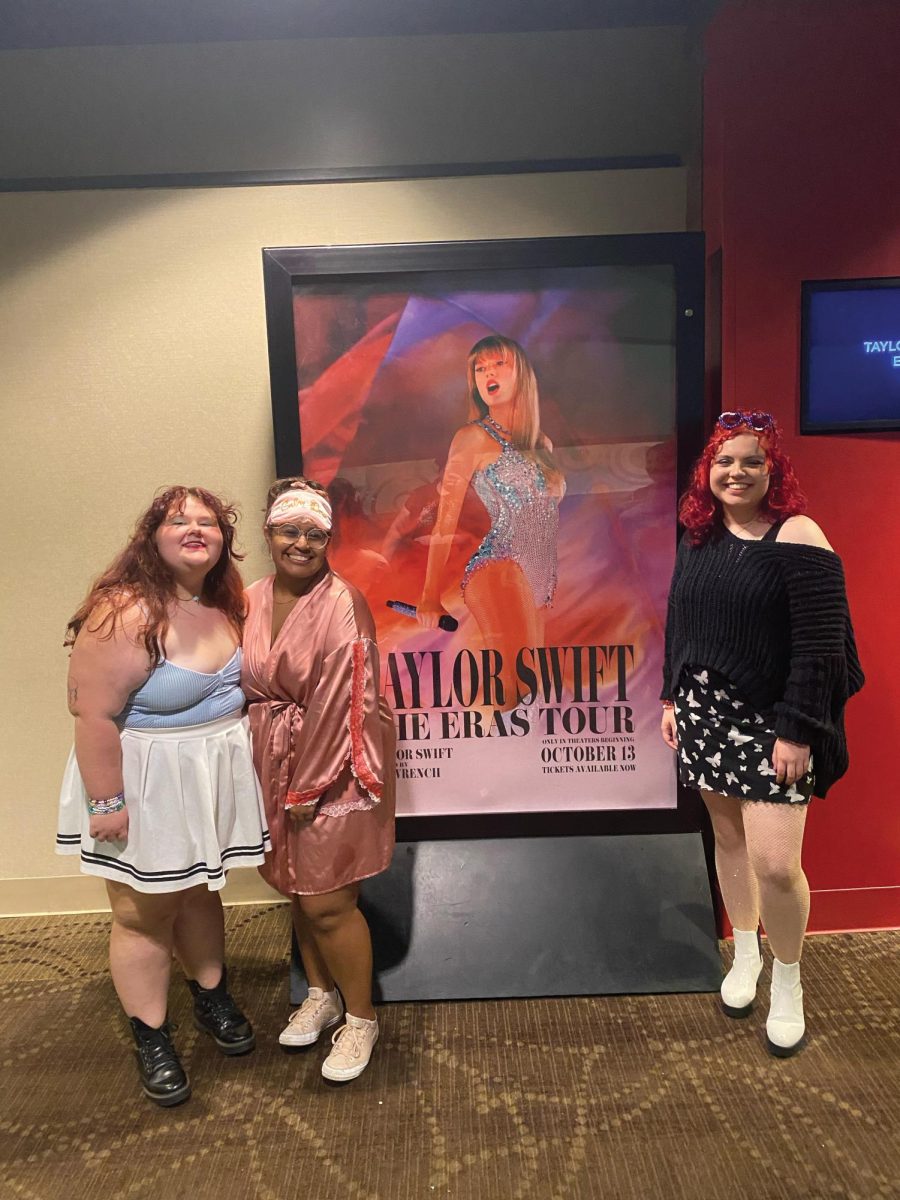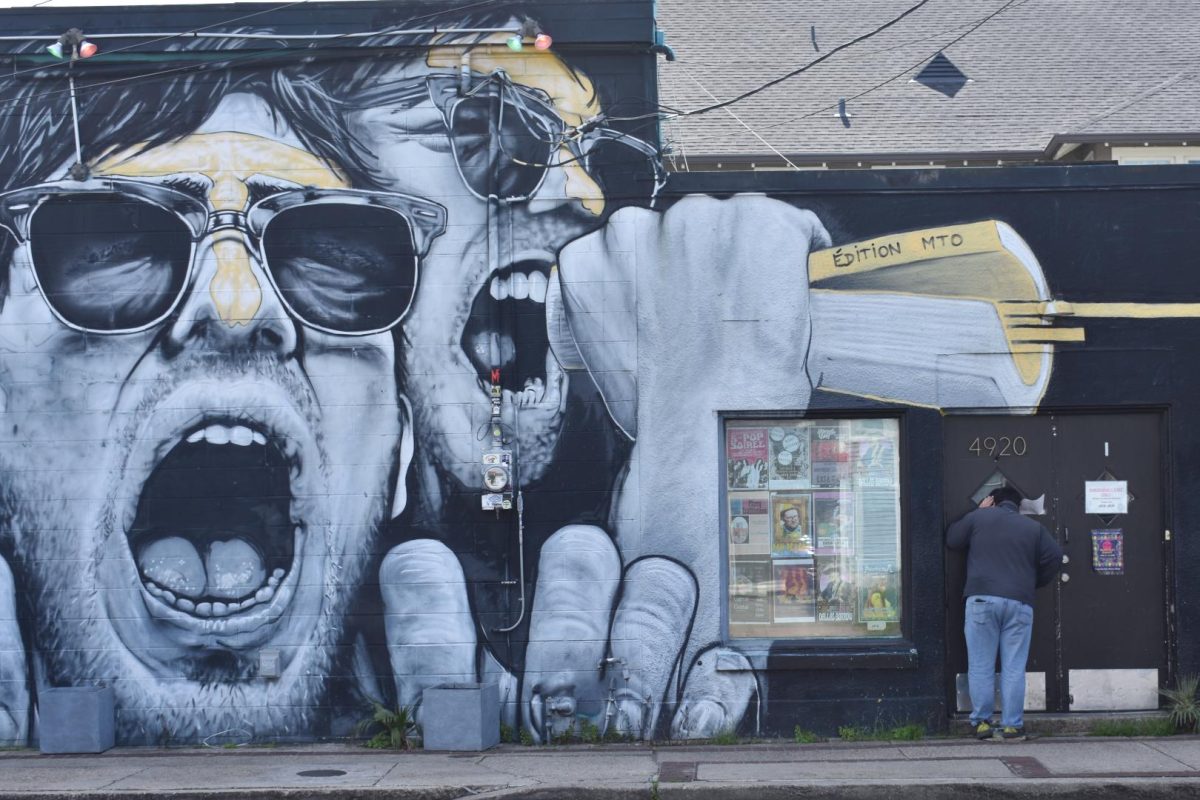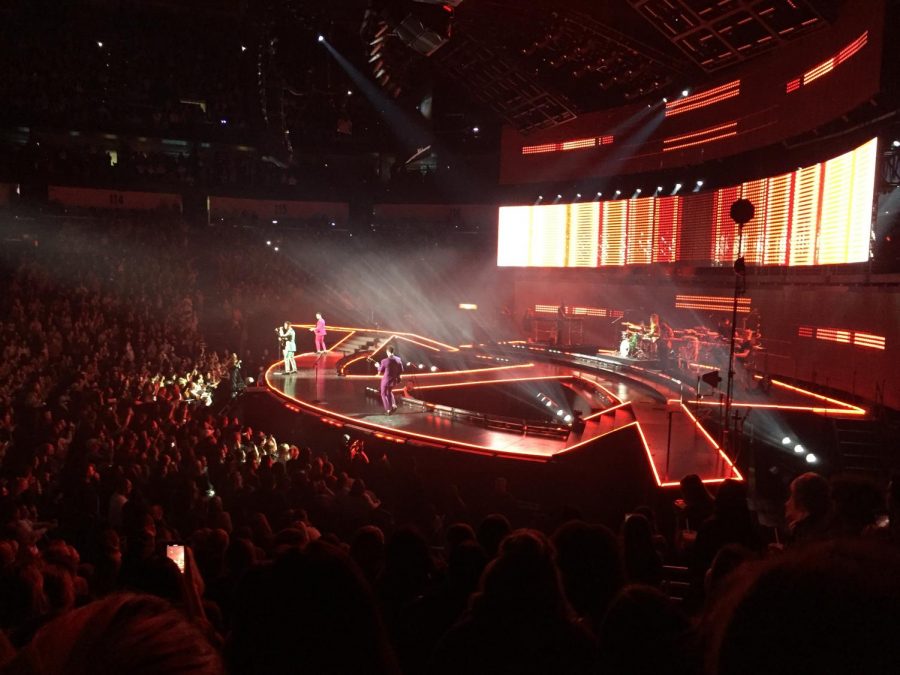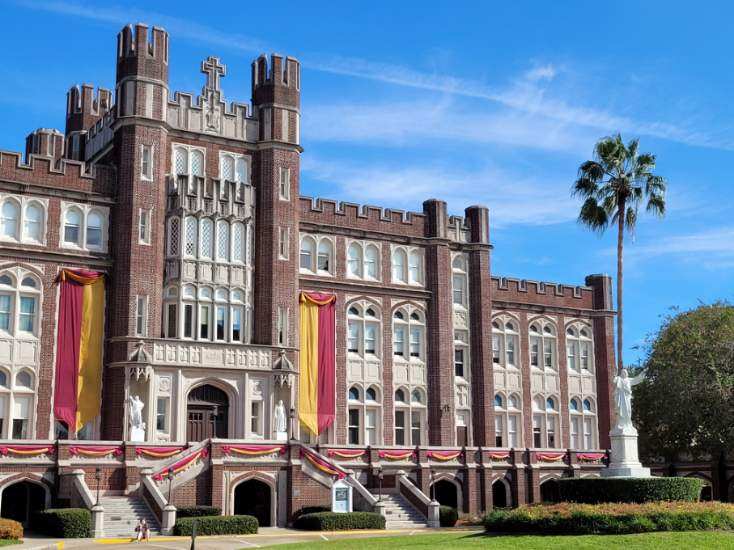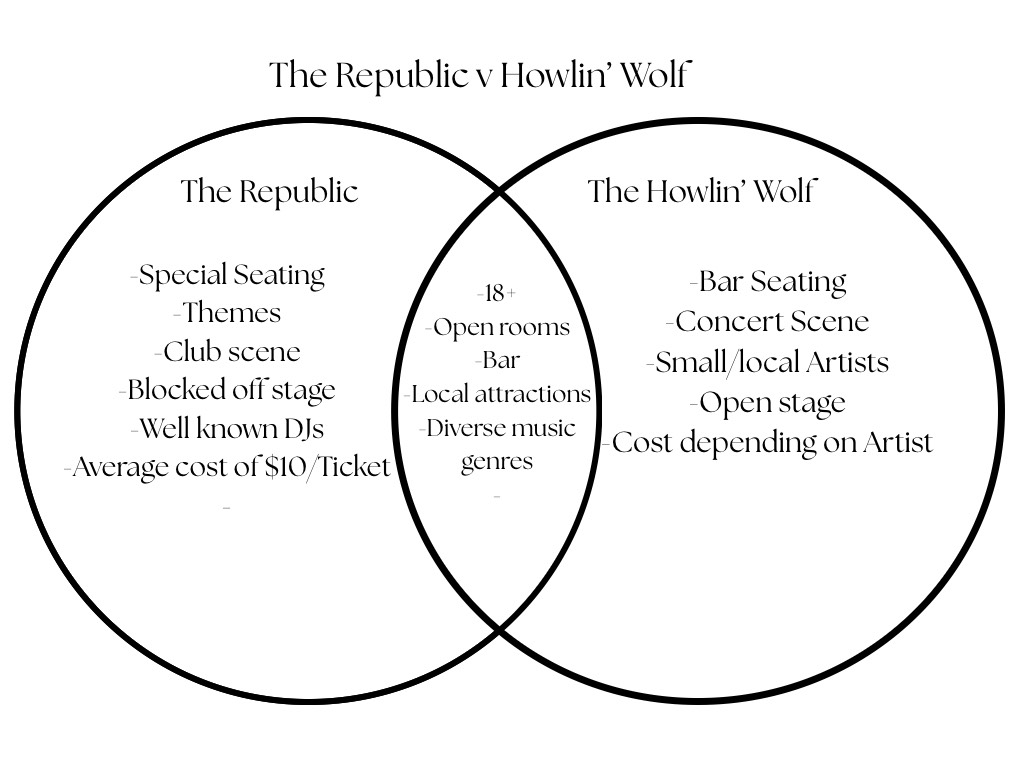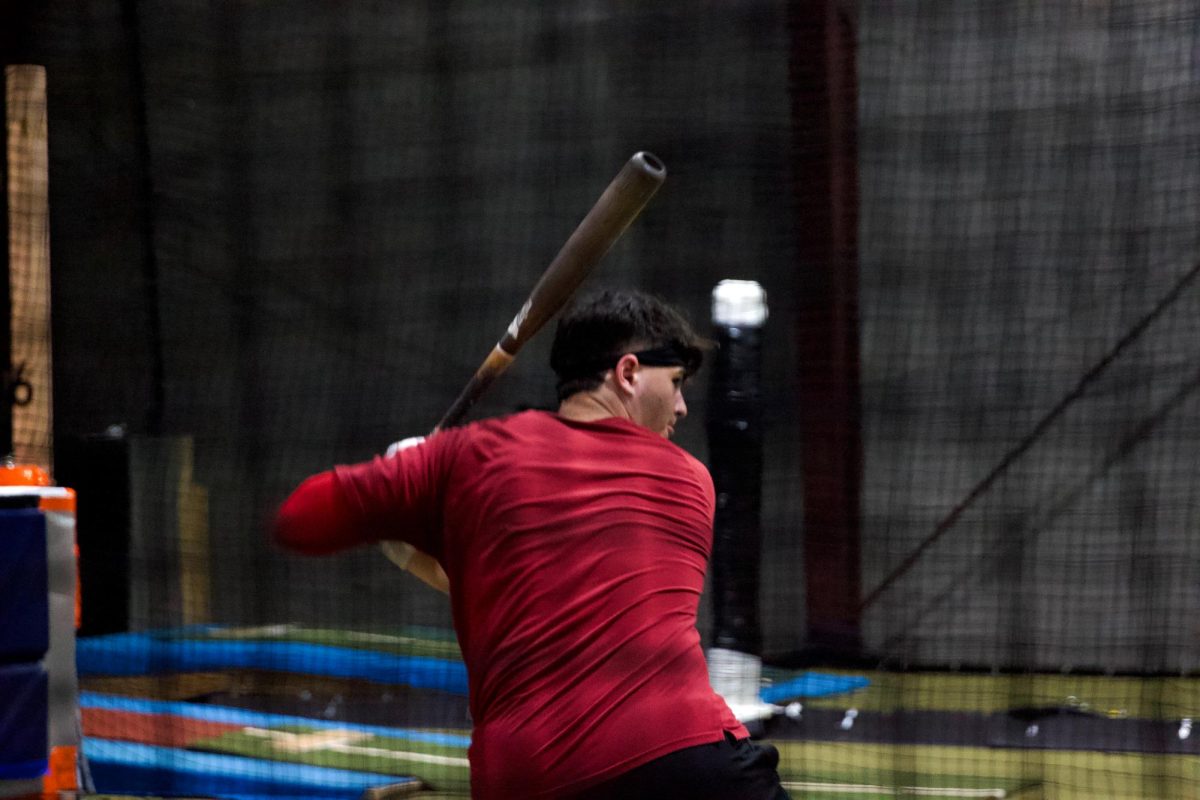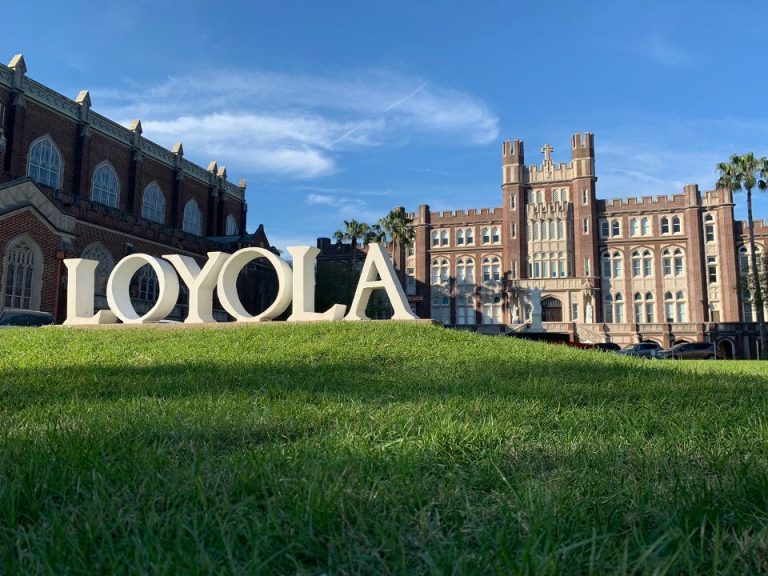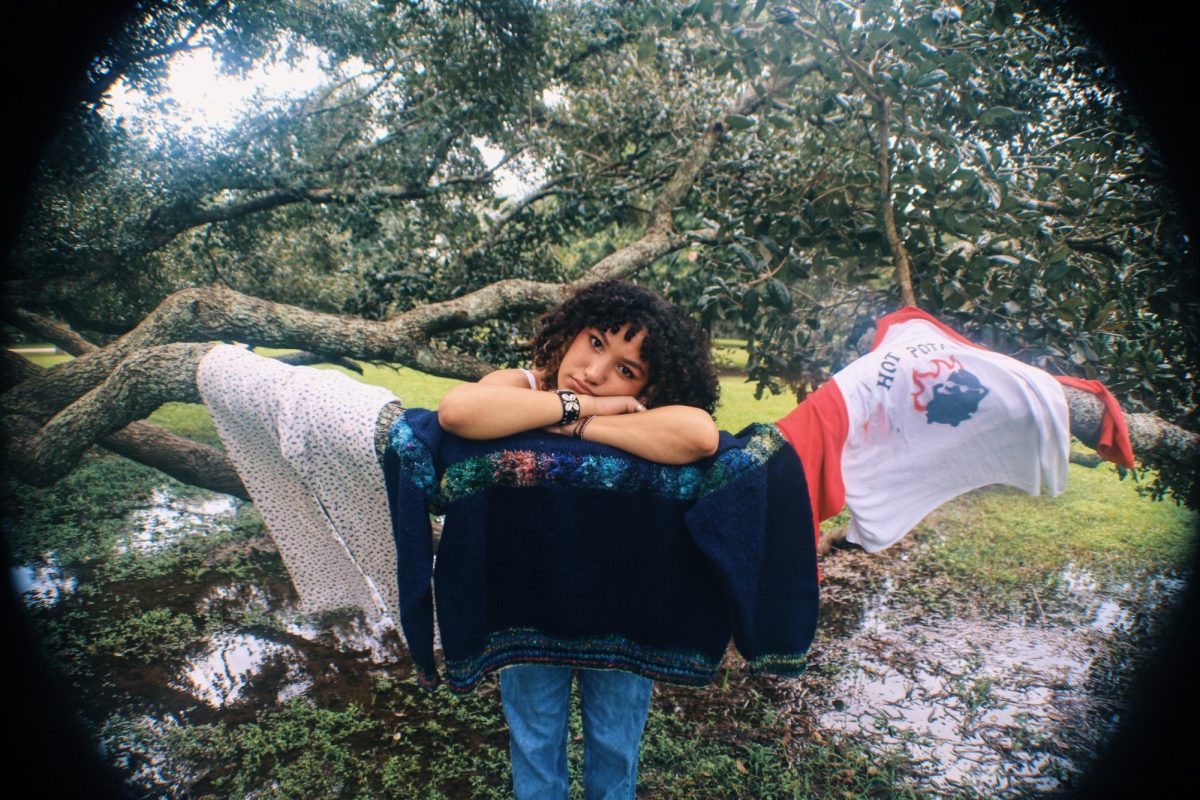The following review contains spoilers for the film “Godzilla Minus One.” Along with that, there are mentions of PTSD, survivor’s guilt, and suicidal ideation.
Would you believe me if I told you that Godzilla isn’t the focal point of the Godzilla movie?
Released in December of last year, “Godzilla Minus One” serves as a celebration of the media giant’s 70th anniversary. Set during the immediate aftermath of post-World War II Japan, the film follows Ryunosuke Kamiki as Koichi Shikishima, a former kamikaze pilot who chose to ignore orders, instead lying about his plane having technical issues in order to live.
What sets this film apart from other Godzilla films, especially the ones produced by Legendary Studios, is its focus and care for the human narrative. The characters in this movie do not feel like cardboard cutouts or tropes personified. Instead, you see real people struggling with real problems, but none more so than Koichi.
It is clear that he suffers from PTSD, with nightmares preventing him from sleeping and bursts of negative emotion coming out when people around him try to make light of the war. But the thing that causes him the most pain is his survivor’s guilt. He believes that he shouldn’t be alive.
This belief of his stems from the beginning of the film, when Godzilla first appears, attacking the technician camp on Odo Island. Sosaku Tachibana (Munetaka Aoki), who had earlier reaffirmed his decision to live, tells Koichi to use his grounded plane’s 20mm guns to shoot the kaiju, as he’s the only one experienced enough to do so.
But when the moment of truth comes, Koichi freezes, unable to pull the trigger and risk the chance that this would not put down Godzilla (unfortunately for Japanese audiences, the tension of whether it would have worked or not is lost, as theaters would hand out fliers stating that the 20mm gun would not have worked). Following the rampage, Koichi and Tachibana are left as the only two survivors, with Tachibana blaming Koichi for the others’ deaths.
Throughout the film, Godzilla exists as a symbol as much as he does an actual monster. Even the title is a reference to this, as this postwar period is referred to as Japan’s lowest point. With Godzilla’s presence, the country is brought even lower than absolute zero. For Koichi, the titular monster represents the war he cannot leave behind, as he wrestles with his past as both a kamikaze pilot as well as his experience on Odo Island.
And just like war, the destruction Godzilla causes is devastating. Tanks, cities, and even warships mean nothing to the monster. It destroys them all with a cold indifference. Godzilla is a joyless creature, bringing ruin wherever it goes because that is what its existence is: Destruction incarnate.
This is why Noriko Oishi (Minami Hamabe) is so important for the theme of this movie. She acts as the antithesis to Godzilla. While the kaiju represents Koichi’s past, Noriko represents his future. A future where he is able to live in peace with her and their adopted daughter Akiko (Sae Nagatani). But it is because of Koichi’s survivor’s guilt that he believes he does not deserve either a reason to live or her eventual love. And when he loses her later in the film, only then does he realize what he has lost in a gut-wrenching scene that can shake even the most stonehearted.
Now that we have discussed the three central characters to “Godzilla Minus One”’s emotional core (minus Godzilla), it would be remiss not to at least mention the action in this movie. Because holy hell is it incredible. One of the most amazing things about this film (and most concerning for the CGI animators) was its budget. At first, people thought it was $15 million. The director later went on to correct this misconception; it was closer to $13 million.
Yet the sequences featuring Godzilla’s destructive capabilities are still a spectacle to behold. I cannot think of a more devastating version of the kaiju’s atomic breath, whose visuals in this movie are reminiscent of an atomic blast. But beyond spectacle, another thing that this film does right,where other action films fail, is that the action informs the narrative. Godzilla doesn’t just appear because it’s cool. Whenever it appears, the narrative is pushed forward.
One of these appearances is personally my favorite sequence in the whole film. While Koichi works a job as a minesweeper in order to care for Noriko and Akiko, Godzilla reemerges. It is the closest the movie gets to true horror, with the lack of music helping to sell the tension that you could cut with a knife. The scene pays obvious homage to “Jaws”, which becomes even clearer when the method they use to ‘kill’ Godzilla is detonating one of the mines in its mouth.
This scene does one of two things, making it clear that the kaiju is weak to internal damage… and that its regeneration is nothing to sneeze at. In less than a minute, the damage is practically gone, and it is only the appearance of the Japanese warship Takao that Koichi and the crew are saved. The Takao’s crew isn’t so lucky. Godzilla shreds the ship in a matter of seconds, at first with its claws, and then with its atomic breath. To the ship’s credit, though, they do manage to put Godzilla’s regeneration through the ringer.
Now, there are points in the film where some of the CGI isn’t the best. Again, the movie’s budget was $13 million. But compared to other Japanese films, it could have been far worse. And for how low that budget was, the results are still incredible. It really isn’t as bad as I have seen some people say it is. Not unless you went frame by frame, but then that’s just being pedantic.
One thing I did find questionable upon reflection, though, was just how bonkers broken the filmmakers chose to make Godzilla’s regeneration. For the scene mentioned earlier, fine, it was only really its jaw that had the serious damage. But at the end of the movie? Not only was its head blown off, but its entire body dissolved into what was essentially an atomic slushie. Yes, I know it’s part of Godzilla’s lore that it never really dies. But having it shown that they’re still alive right after the conclusion to Koichi’s story just undercuts the emotion for me.
Speaking of the conclusion to Koichi’s story, this one was a real thinker for me. At first, I didn’t like it. Having Noriko apparently survive the destruction of Ginza despite Godzilla basically nuking it didn’t sit right with me. It felt very deus ex machina-like. However, it was thinking about this scene in conjunction with Tachibana’s return to the film that made me realize what it was supposed to represent.
Like Godzilla, Tachibana is a ghost from Koichi’s past, a reminder of the guilt he feels over the fact that he’s still alive. But the technician isn’t here now to guilt Koichi into going through with his suicide mission. Rather, he wants Koichi to live. Not just for Akiko, who he would have orphaned again, but for himself. Tachibana then instructs Koichi how to use the eject lever in the prototype plane he would be flying, which is shown in a flashback after Koichi delivers the ‘finishing’ blow to Godzilla.
By choosing to live for himself, ejecting from the plane just before impact, Koichi is now ready to move on into the future… a future represented by Noriko. His war is finally over (unless a sequel is made, which the filmmakers have talked about where Noriko is infected by Godzilla’s ‘cells’ which is how she survived.Yes it sounds dumb, and I’ll hate it if that happens).
This film is a beautiful examination of the effects of survivor’s guilt, as well as the tenacity of the human spirit in the face of adversity. Along with that, the film offers up several criticisms against the Japanese government at the time, especially of its use of kamikaze tactics. Each of the characters in this movie, even the ones that have gone unmentioned, are incredibly resonant and offer their own texture to the movie that makes the plot all the more interesting and satisfying.
And Godzilla itself… what else could I say that I haven’t already? How about I just keep it simple: it’s always awesome to watch a big monster destroy things.
4/5 stars


